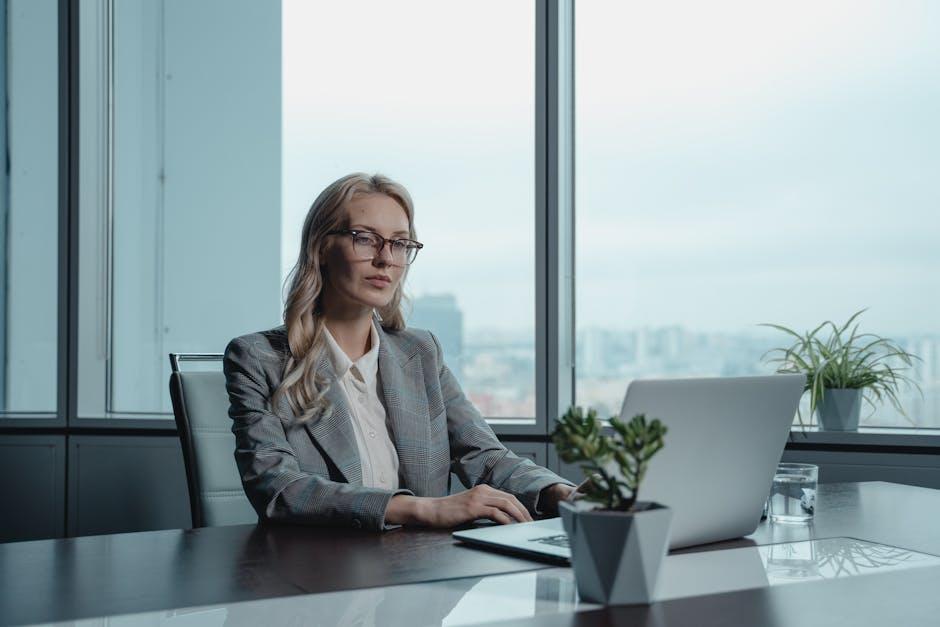In the world of cinema, the director’s chair is a throne of endless possibilities, where visionaries sculpt stories with a unique blend of art and craft. Yet, the approach to this creative alchemy can shift dramatically across the vast landscape of film genres. From the chilling precision of a horror maestro to the whimsical dance of a rom-com artisan, directing styles morph and adapt, breathing life into narratives in distinct ways. This exploration delves into the nuanced techniques directors employ, unveiling how their stylistic choices shape the emotional and visual tapestry of each genre, inviting audiences to embark on a diverse cinematic journey.
Crafting the Vision: How Directors Shape Genre-Specific Narratives
In the realm of film, directors are the architects of storytelling, meticulously crafting the vision that guides a film’s narrative. Each genre offers a unique canvas, requiring a tailored approach to bring its essence to life. For instance, in the world of horror, directors often utilize techniques such as low lighting, tense soundscapes, and unexpected camera angles to evoke fear and suspense. Conversely, romantic comedies thrive on bright lighting, snappy dialogue, and dynamic chemistry between characters, creating a lighthearted and engaging atmosphere.
- Action: Fast-paced editing, dynamic camera movements, and high-intensity sequences.
- Drama: Deep character exploration, intimate close-ups, and a focus on emotional arcs.
- Science Fiction: Expansive world-building, innovative visual effects, and speculative themes.
- Documentary: Real-life storytelling, authentic interviews, and a narrative driven by facts.
Through these diverse techniques, directors breathe life into stories, ensuring each genre resonates with its audience in a distinct and powerful way.

The Art of Atmosphere: Techniques to Enhance Genre Elements
Creating an immersive atmosphere is crucial in aligning a film’s visual and emotional tone with its genre. Directors employ a variety of techniques to enhance these elements, ensuring the audience is fully engaged. In horror films, for instance, the use of low lighting and strategic shadows can instill a sense of dread and anticipation. Directors might also incorporate unsettling soundscapes, using creaks and whispers to heighten tension. Conversely, romantic comedies often utilize bright, natural lighting to evoke warmth and familiarity, while a carefully curated soundtrack complements the unfolding romance.
To further define genre atmospheres, directors often manipulate color palettes and camera techniques. In science fiction, a cool, metallic color scheme can suggest futuristic settings, while sweeping aerial shots can emphasize vast, otherworldly landscapes. On the other hand, action films might employ quick cuts and dynamic angles to convey intensity and motion. By understanding and mastering these techniques, directors can craft atmospheres that not only support but enhance the storytelling, drawing audiences deeper into the cinematic experience.
 Emotional Impact“>
Emotional Impact“>
Balancing Tone and Tension: Directing for Emotional Impact
In the realm of film, the ability to balance tone and tension is a hallmark of a skilled director. This equilibrium is not a one-size-fits-all approach; it varies dramatically across genres, demanding a nuanced understanding of the emotional landscape unique to each narrative style.
Directing for Emotional Impact involves a keen sense of pacing and mood. For instance, in a horror film, directors often employ techniques such as:
- Sound Design: Utilizing eerie soundscapes to heighten suspense.
- Lighting: Playing with shadows and darkness to evoke fear.
Conversely, in a romantic comedy, the focus shifts to lighter, more whimsical elements. Directors might use:
- Color Palettes: Bright and vibrant hues to reflect the upbeat mood.
- Editing Pace: Quick cuts and playful transitions to maintain a lively rhythm.
By mastering these elements, directors can effectively guide audiences through the emotional peaks and valleys intrinsic to each genre, crafting experiences that resonate long after the credits roll.

Genre-Savvy Storytelling: Tailoring Direction for Audience Engagement
In the realm of genre-savvy storytelling, directors skillfully tailor their approach to capture and maintain audience engagement. Different genres demand distinct visual and narrative techniques that resonate with their specific audiences. For instance, in a horror film, directors often employ suspenseful pacing, strategic lighting, and unsettling soundscapes to evoke fear and anticipation. Conversely, romantic comedies might utilize vibrant color palettes, upbeat music, and quick-witted dialogue to foster a light-hearted and whimsical atmosphere.
Directors also consider the unique expectations of each genre’s audience. This might involve:
- Action: Emphasizing dynamic camera movements and high-octane sequences to deliver adrenaline-pumping thrills.
- Drama: Focusing on character development and emotional depth to create a compelling narrative arc.
- Sci-Fi: Integrating cutting-edge visual effects and imaginative world-building to immerse viewers in futuristic or otherworldly settings.
By aligning their directing style with the core elements of the genre, filmmakers not only enhance storytelling but also strengthen the connection between the story and its audience.

